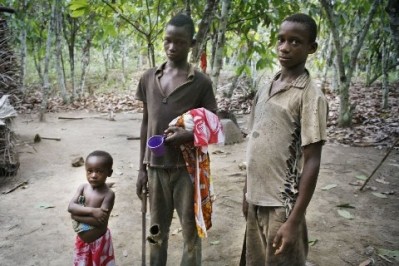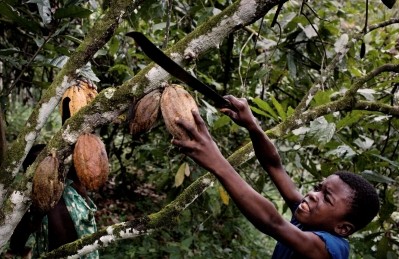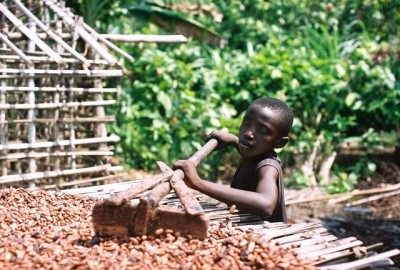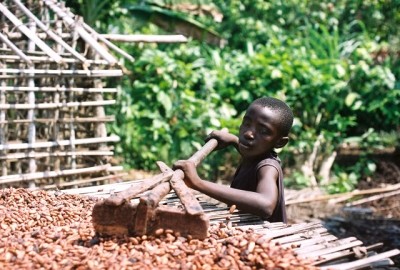Hershey child labor lawsuit faces meltdown
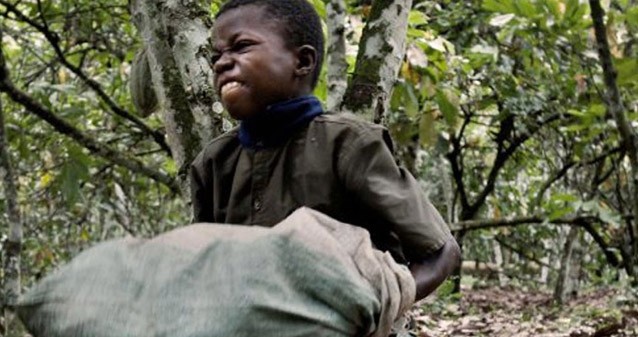
A judge will now decide whether or not to follow the Master’s recommendations.
Late last year, shareholder Louisiana Municipal Police Employees' Retirement System (LAMPERS) claimed Hershey used cocoa produced through unlawful child labor in the Ivory Coast and Ghana
It claimed that Hershey’s company records contained evidence of abuses including forced labor and human trafficking and sought a court order compelling Hershey to open its books.
Child labor: ‘Sad and unavoidable’
However, a report by Master in Chancery Abigail LeGrow to help the judge make his decision said that there was not enough evidence to compel Hershey to show its records and called for the case to be canned.
“It is a sad and unavoidable fact that, although most Americans likely can catalogue happy childhood memories – whether those of campfires or holidays – that involve chocolate in some form or another, much of the world’s cocoa is grown using illegal child labor,” she said.
“In this case, because the stockholder failed to sustain its minimal burden of providing credible evidence from which the Court may infer mismanagement or wrongdoing at Hershey, rather than within the cocoa supply chain, I recommend that the Court dismiss the complaint.”
Promises from 2001 Harkin-Engel Protocol
Hershey along with other chocolate manufacturers signed the 2001 Harkin-Engel Protocol, which promised that the industry would develop and implement measures to eliminate the worst forms of child labor on cocoa farms by July 2005.
By 2010, it was acknowledged that the Harkin-Engel Protocol hadn’t gone to plan and a new framework was drawn up to eliminate the worst forms of child labor by 2020 instead.
Last year, Hershey made a commitment to use 100% certified cocoa by 2020. Certifiers such as Rainforest Alliance and Fairtrade conduct audits to stomp out the worst forms of child labor.
LAMPERS said it was unacceptable for Hershey to continue relying on ill-gotten cocoa until 2020 and argued that Hershey should only use suppliers who can verify they are not using child labor.
Master’s report rejects claims
The shareholder alleged that Hershey had violated several foreign and domestic laws, but this claim was rejected by the Master.
LeGrow added that even if it could be shown that Hershey directly purchased cocoa from farms that use child labor it would be difficult to conclude that Hershey had knowledge of the illegal activity.
She said that if the court took LAMPERS' reading of the law, any retailer that stocked Hershey products would also be guilty of the same crime as well as anyone satisfying, “a chocolate craving with a less expensive Hershey product, rather than a more expensive brand that relies solely on cocoa products certified as free from child labor”.
She therefore recommended that the case be stricken, which will later be decided by a judge.
